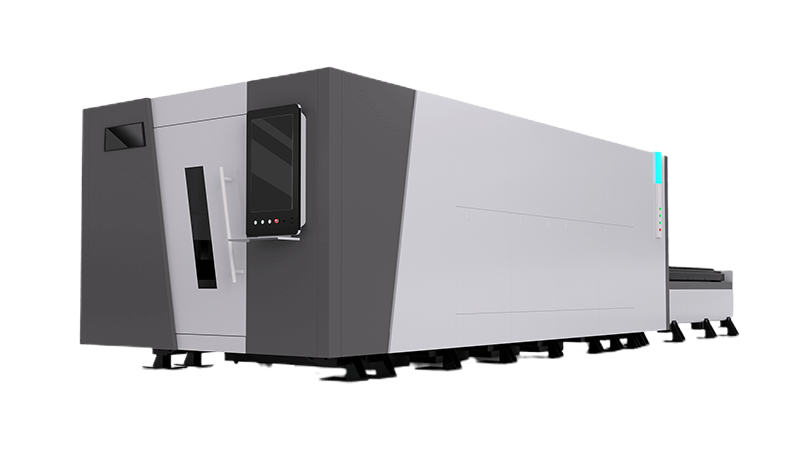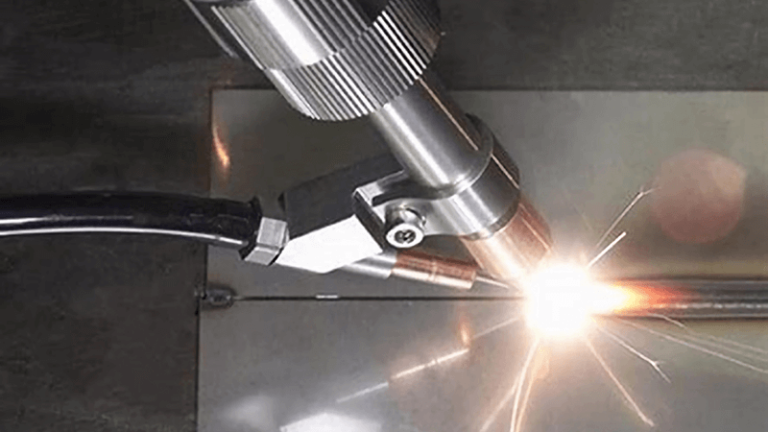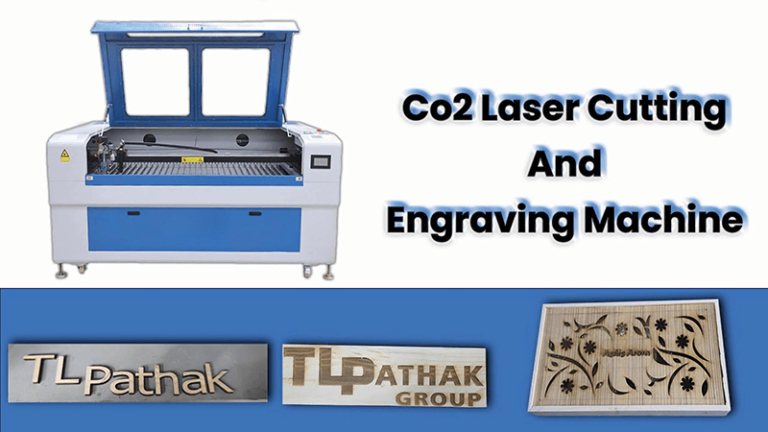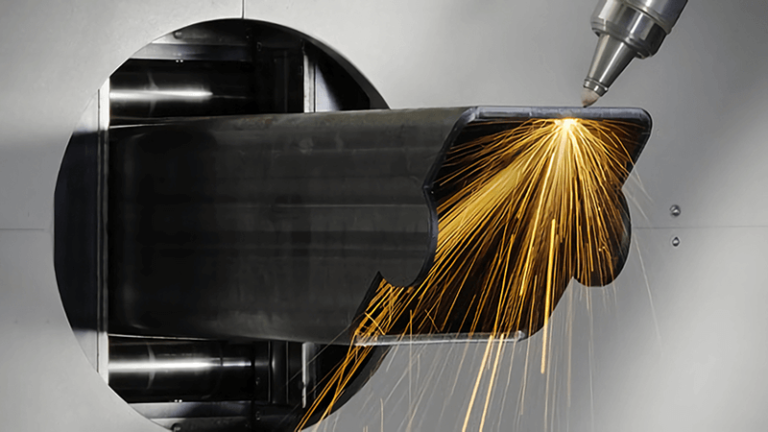Choosing the best fiber laser cutting machine can be a daunting task, especially with so many options available on the market today. It's essential to carefully evaluate the features, specifications, and pricing to make an informed decision that suits your needs.
Selecting the right fiber laser cutting machine involves considering factors like material types, cutting speed, precision, and power. Understanding these key elements will help you choose the machine that best fits your specific requirements.
While it may seem overwhelming at first, selecting the ideal fiber laser cutting machine becomes easier once you know what to focus on. Let’s explore the key considerations in choosing the best fiber laser cutter for your business needs.

How to choose a fiber laser cutting machine?
Choosing a fiber laser cutting machine requires careful attention to several key factors, including the type of materials you plan to cut, the thickness of the materials, and the overall budget1. It's essential to understand your specific needs to make the right decision.
The best fiber laser cutting machine for you depends on factors such as your budget2, material types, cutting speed3, and the complexity of the projects you handle. Identifying these needs upfront can narrow down your choices.
When selecting a fiber laser cutting machine, you must evaluate several factors to ensure that it meets your business’s needs. Here’s a closer look at the most important aspects:
Material Types and Thickness
The material types you intend to cut will significantly influence your decision. Fiber lasers are typically used for cutting metals like stainless steel, aluminum, and brass. Some machines are better equipped for thinner materials, while others excel in cutting thicker metals. If you're planning to cut materials of varying thickness, it’s essential to select a machine with sufficient power and versatility.
Material Thickness Table
| Material Type | Maximum Thickness for 3000W | Maximum Thickness for 6000W | Recommended Power |
|---|---|---|---|
| Stainless Steel | 12mm | 20mm | 3000W-6000W |
| Mild Steel | 8mm | 16mm | 3000W-6000W |
| Aluminum | 6mm | 12mm | 3000W-6000W |
| Brass | 4mm | 10mm | 3000W-6000W |
For example, a machine with a high-power laser source is better for cutting thicker metals, while a lower-power machine might be more suitable for thinner sheets. Always ensure that the laser cutting machine can accommodate the thickness of the materials you expect to work with regularly.
Cutting Speed and Precision
Speed and precision are crucial in fiber laser cutting machines, especially in industrial environments where time is money. High-speed cutting reduces production times, which is essential for meeting tight deadlines. Precision, on the other hand, ensures that your cuts are clean and accurate, which is vital for high-quality products.
Speed vs Precision: Which Is Your Priority?
If your business requires high-volume, rapid production, opting for a fiber laser cutter with faster cutting capabilities is beneficial. However, if precision is your main concern, ensure that the machine offers a stable and consistent beam to achieve the desired results.
| Requirement | 3000W Laser | 6000W Laser |
|---|---|---|
| Speed | Faster for thin materials | Faster for thicker materials |
| Precision | Good for medium precision | Excellent for high precision |
| Cost | More affordable | Higher cost due to power |
Budget Considerations
While it might be tempting to choose a high-end machine with all the advanced features, your budget should be one of the deciding factors. More expensive machines generally offer better features, but it’s important to weigh those benefits against the investment cost. Consider both the initial purchase price and the long-term operational costs, such as maintenance and electricity consumption.
By assessing your specific needs and balancing these factors, you can select a fiber laser cutting machine that offers the best value for your investment.

How do I know which laser cutter to buy?
With so many options available, it’s essential to evaluate key factors that will guide you toward the right laser cutter4 for your business. But how can you be sure which one is the best choice?
To determine which laser cutter to buy, consider factors like material compatibility5, machine performance, ease of use, and customer support6. Conducting thorough research will help ensure you make an informed decision.
When deciding which laser cutter to buy, understanding the specific features and capabilities of each machine is crucial. Let’s break down the essential factors that will help you make an informed decision.
Power and Laser Source
The power of the laser cutter is one of the most important aspects to consider. Higher-power lasers are better for cutting thicker materials, while lower-power lasers work better for thinner metals. It’s also important to consider the type of laser source7, as fiber lasers are more energy-efficient compared to CO2 lasers. A fiber laser is more suitable for high-speed cutting and provides cleaner cuts, which is essential for various applications.
Comparison of Laser Sources
| Laser Type | Energy Efficiency | Cutting Speed | Precision |
|---|---|---|---|
| Fiber Laser | High | Fast | Very High |
| CO2 Laser | Moderate | Moderate | High |
| Nd:YAG | Low | Slow | Moderate |
Cutting Quality and Technology
Look for laser cutters with advanced technology that can deliver superior cutting quality. Some machines come with automatic focusing systems, which can help maintain consistent cutting quality across different materials. Also, check if the laser cutter has features like real-time monitoring or adaptive cutting, which optimize the cutting process for different materials.
Maintenance and Support
Choosing a laser cutter from a manufacturer with reliable technical support and service is essential. Check the warranty and after-sales services offered by the supplier. You may also want to know how easy it is to perform routine maintenance, as this will affect the longevity of the machine and minimize downtime.
By carefully assessing these factors, you can choose a laser cutter that best suits your needs while ensuring reliable performance and support.

Who makes the best fiber lasers?
Selecting the right manufacturer is crucial when buying a fiber laser cutting machine8. But who makes the best fiber lasers on the market today?
The best fiber laser manufacturers are those that offer high-quality machines, solid customer service9, and reliable technical support10. Well-known brands in the industry have earned a reputation for producing advanced, durable, and efficient fiber laser cutting machines.
When it comes to selecting the best fiber laser, it's essential to choose a manufacturer known for reliability, quality, and innovation. Here are some of the top manufacturers in the fiber laser industry:
Kirin Laser
Kirin Laser stands out as a leading manufacturer of fiber laser cutting machines. Known for producing cutting-edge technology with unparalleled precision, Kirin Laser machines cater to various industrial needs, from small businesses to large-scale operations. Their commitment to performance, energy efficiency, and cost-effectiveness makes them one of the best choices on the market.
Why Choose Kirin Laser?
- Precision: Kirin Laser machines are engineered for high precision, providing top-quality cuts with minimal waste.
- Customization: Their machines can be tailored to meet the specific needs of different industries, offering flexibility in design and functionality.
- Customer Support: Kirin Laser offers exceptional technical support and after-sales services, ensuring machines run smoothly for years.
- Energy Efficiency: With a focus on reducing energy consumption, Kirin Laser machines help businesses save on operational costs.
TRUMPF
TRUMPF is a globally recognized leader in the laser cutting industry. The company produces high-quality fiber lasers known for their precision and reliability. TRUMPF’s laser cutters are widely used across various industries, including automotive, aerospace, and metalworking. Their machines are equipped with advanced technologies that ensure top-notch cutting performance and efficiency.
IPG Photonics
IPG Photonics is another leading manufacturer of fiber laser technology. The company offers a range of fiber lasers suitable for various applications, including cutting, welding, and marking. IPG’s fiber lasers are known for their excellent beam quality, reliability, and cost-effectiveness. Many businesses choose IPG lasers for their high-performance and long-lasting solutions.
These manufacturers have earned their reputation by consistently delivering high-quality products that meet industry standards. Choosing a laser from one of these trusted brands, like Kirin Laser, can provide peace of mind knowing that you are investing in a reliable and efficient machine.
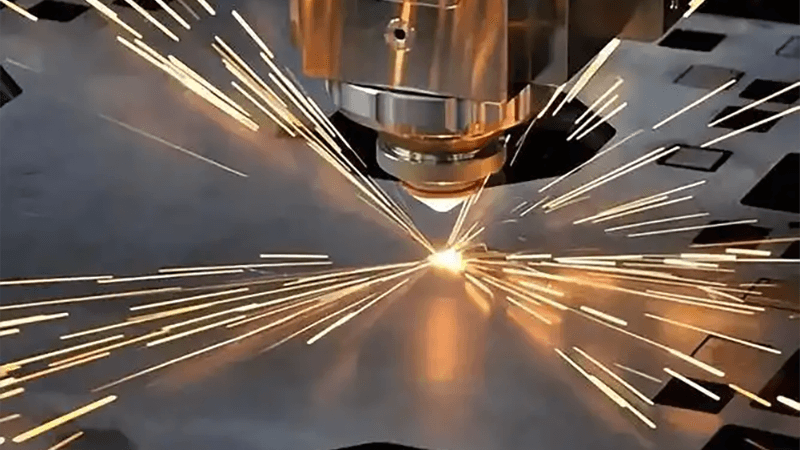
Which is better 3000w or 6000w fiber laser?
When choosing between a 3000w fiber laser11 or a 6000w fiber laser12, the decision largely depends on your specific cutting requirements. But which one is better for your business?
The choice between a 3000w and 6000w fiber laser depends on the thickness of the materials you plan to cut. A 6000w fiber laser offers more power, making it ideal for cutting thicker materials, while a 3000w laser is sufficient for thinner materials and high-speed cutting.
The decision between a 3000w and a 6000w fiber laser often comes down to the types of materials and thicknesses you plan to cut. Here's a breakdown of the differences:
3000w Fiber Laser
A 3000w fiber laser is suitable for cutting medium-thickness materials, typically up to 12mm for stainless steel and 8mm for mild steel. These lasers are ideal for businesses that need high-speed cutting for thinner materials. A 3000w laser is generally more affordable than a 6000w laser, making it a great choice for companies with budget constraints or those primarily working with thinner materials.
6000w Fiber Laser
A 6000w fiber laser, on the other hand, is capable of cutting thicker materials, such as stainless steel up to 20mm and mild steel up to 16mm. The added power of a 6000w laser makes it ideal for heavy-duty cutting applications that require precision on thicker metals. However, these machines are typically more expensive and may not be necessary for businesses that mainly cut thinner materials.
Power Comparison Table
| Power | Suitable Thickness for Stainless Steel | Suitable Thickness for Mild Steel | Recommended Industries |
|---|---|---|---|
| 3000W | Up to 12mm | Up to 8mm | Small businesses, sheet metal shops |
| 6000W | Up to 20mm | Up to 16mm | Heavy manufacturing, large-scale industries |
Kirin Laser Product
Ultimately, the choice between a 3000w and 6000w fiber laser depends on the materials you cut most frequently and your production needs. A 6000w fiber laser is a better choice for thicker materials, while a 3000w laser offers great value for high-speed, precision cutting of thinner materials.

Conclusion
In conclusion, choosing the best fiber laser cutting machine involves assessing your specific needs in terms of material types, cutting thickness, and machine performance. Whether you're looking for high-speed cutting or precision on thicker metals, understanding the differences between 3000w and 6000w lasers, and choosing the right manufacturer, will guide you toward making the best investment for your business.
If you need to know more about fiber laser cutting machine, do not hesitate to contact us13.
-
Learn how different factors impact the cost of a fiber laser cutting machine. ↩
-
Get insights on how to estimate the right budget for fiber laser equipment. ↩
-
Understand how cutting speed affects production efficiency and machine choice. ↩
-
Learn the key factors in selecting the right laser cutter for your needs. ↩
-
Discover why material compatibility is critical for selecting the right laser cutter. ↩
-
Understand the role of customer support in choosing a laser cutter that fits your needs. ↩
-
Compare the energy efficiency and performance of fiber lasers vs CO2 lasers. ↩
-
Learn about the key factors for selecting a reliable fiber laser manufacturer. ↩
-
Understand how customer service can impact the long-term performance of a laser cutting machine. ↩
-
Explore the role of technical support in maintaining fiber laser cutting machines. ↩
-
Learn how the power of 3000w and 6000w lasers impacts cutting performance. ↩
-
Discover how laser power affects the cutting of various material thicknesses. ↩
-
Take your time to contact us to get meore details about laser cutting machines. ↩


